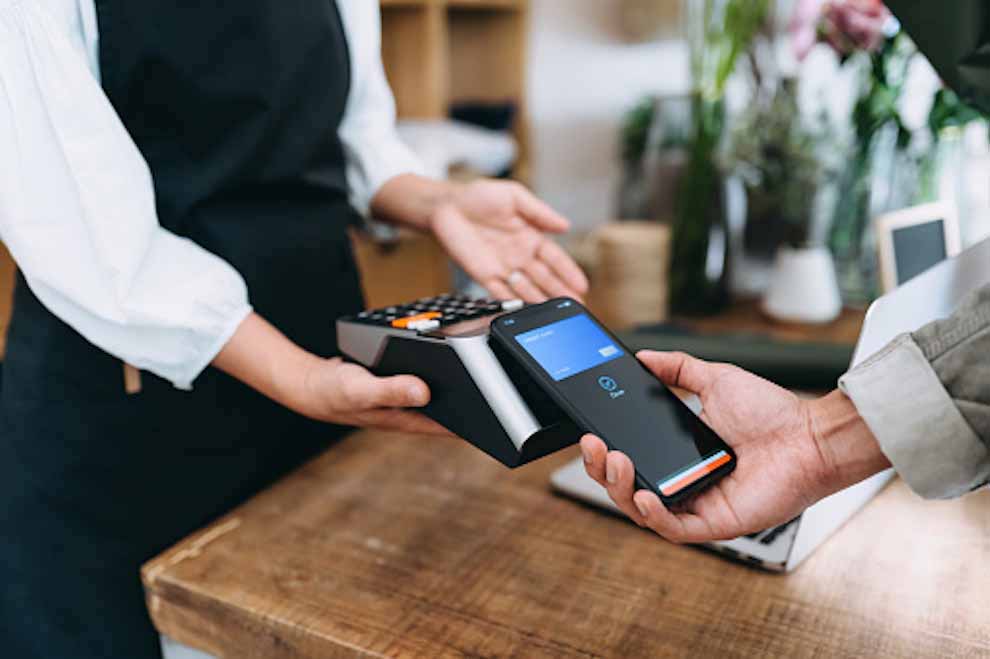The data shopper and consumer insights provide when conducting market research
Editor’s Note: Nigel Roth is an author at U.K.-based market research firm Further. This is an edited version of a post that originally appeared under the title, “Why you need shopper insights, not just consumer insights.”
It makes sense to start this article with a shopper insights definition, as there can be some confusion as to the difference between shopper and consumer insights.
One key way to understand the difference is to recognize that the person making the purchase is not always the consumer, as anyone who has ever bought cat food will know.
However, the difference between shopper insights and consumer insights goes further than that: there are differences in the methods used to gather shopper insights, the focus of the research and in the teams that make use of the insights.
Defining shopper insights
Shopper insights refer to any form of market research that looks at when, why and how people purchase goods, and is focused on shopper motivations, purchase behavior and in-store experiences.
Consumer insights research is focused on understanding people's needs and how they use products and services to inform decisions about product development, branding and communications.
In contrast, shopper insights research is focused on the decisions that people make around all aspects of the purchase process including at the point of sale. This applies both to in-store purchases and online shopping.
This is an important distinction as what people say they will do when surveyed and what they actually do when they get to the shop can be quite different. For example, consumers can tell us that they prefer to eat healthy foods with no added sugars or preservatives but then be tempted by the chocolate bars at the point of purchase.
As such, there are some types of market research methods that are particularly well suited to gathering shopper insights, as they enable researchers to capture in-the-moment decision making.
The insights gained from shopper research are likely to be used by the marketing team, like those from consumer research, but they may also be used by stakeholders within sales teams, as they relate more directly to performance in the market, and business goals.
Retail professionals are also likely to use shopper insights to better understand consumer shopping behavior, to help design their store's retail strategy, to guide marketing efforts and to support category management. Once again, this applies equally to the physical world and the online store.
Types of shopper insights
As we've already highlighted, shopper insights predominantly focus on a specific segment of the consumer journey and the purchase process. Shopper insights can come from existing data or from conducting primary research.
Shopper data
One of the main sources of shopper insights is existing data – some of which brands are likely to already own – such as sales data, customer demographic data or website analytics. Other data can be sourced from retailers who will be aware of how different brands perform in-store and the impact of retailer dynamics such as different types of display and placement on the shelf. And, with the introduction of AI-powered analytics of large datasets big qual as it's widely referred to, researchers are now able to sift through large-scale data to spot patterns and uncover far more wide-reaching consumer insight.
Limitations of shopper data
This type of data can tell brands a lot about what is selling, but less about why it is selling. So, you may discover that people who buy your brand of baked beans typically also buy a particular brand of sliced bread.
Now, this may be that they are all making beans on toast, and this bread is the only one that complements your product. This may give you a great opportunity to do some joint marketing and promotional activity based around the combination. But it may just be a coincidence – correlation does not mean causation, of course. To find out more, you need to speak to shoppers themselves.
Shopper research
Primary shopper insight research involves speaking directly to shoppers and understanding how and why they make their decisions. This can be done using qualitative or quantitative methods. The methods that you choose will tend to depend on the product category.
For example, to capture categories that tend to be bought more impulsively, such as confectionary, you may want to conduct observational research in-store, or use mobile intercepts to capture that in-the-moment behavior.
Alternatively, to gain insights about categories that are bought routinely and as part of a weekly shop, you may want to use online qualitative methods which enable shoppers to tell you about all the stages of doing that shopping trip.
Qualitative shopper insights
Qualitative methods lend themselves particularly well to shopper insight data gathering and give you a deeper understanding of shoppers and consumers. Online qualitative communities or focus groups are ideal for tracking customer journeys – the steps that people take when they are researching and choosing the products that they will buy – and for shopper diaries – researching people's shopper behavior over a period of time.
Online qualitative exercises
By using online qualitative methods, you can give shoppers exercises to complete, either as pre-tasks for a focus group or as ongoing tasks during an asynchronous online community.
For example, you can ask your shoppers to do the following types of exercise:
- Show you around their kitchen cupboards by using their mobile phones to take still images or video.
- Submit images of the shopping lists – if they use them.
- Use projective techniques to compare several retailers in the same category.
- Take their phones on shopping trips to various retailers and capture video, images or audio that sums up the experience.
- Answer questions pre- and post-shop to compare expectations and reality of the shopping experience.
- Explore virtual plans or images of the retail environment and mark up with heatmaps or emojis to indicate their consumer preferences.
Quantitative shopper insights
Once you have uncovered key insights about consumer shopping behavior, you can use a quantitative method such as an online surveys to quantify your findings.
This will enable you to understand the key drivers of behavior, rate customer satisfaction with the shopping environment, uncover category trends and measure how motivations, beliefs and behaviors play out in your target market.
Combining shopper and consumer insights
Shopper insights and consumer insights may be different, but they can also be complementary. For example: a soup manufacturer conducts shopper insights research that shows people were more likely to pick up a competitor's product from the shelf, saying it looked more appealing.
This gives the manufacturer the facts, but no understanding of why this is happening or of the shoppers' motivations. But when combined with a consumer insight such as that people associate soup with healthy eating, the manufacturer can deduce that it was the competitor's packaging that featured images of fresh vegetables that had an impact – something that the shopper may not have been able to articulate.
Consumer vs. shopper insights
Consumer insight is concerned with how, when and why people use products, with a focus on the end-user.
Shopper insight is shopper-centric – it is about how, when and why people buy products, with a focus on the shopping experience, either online or offline.
Both can be relevant and important when you are looking to check your brand health, improve your brand loyalty and create sustainable competitive advantage.

